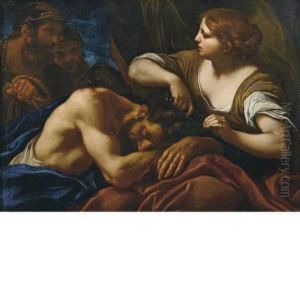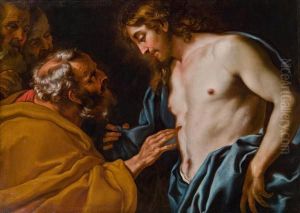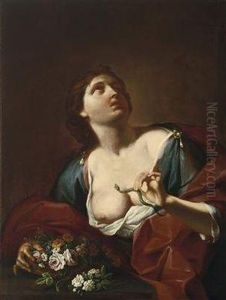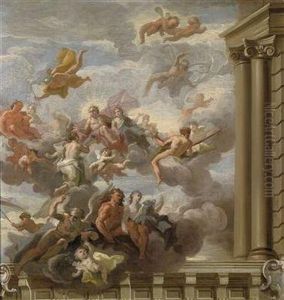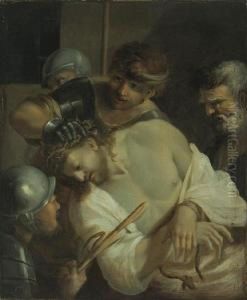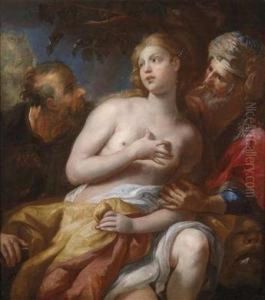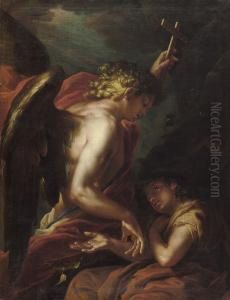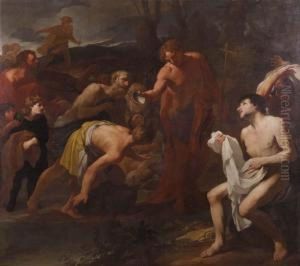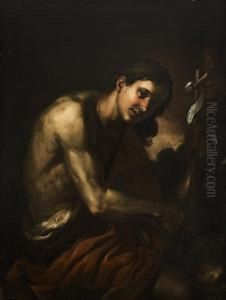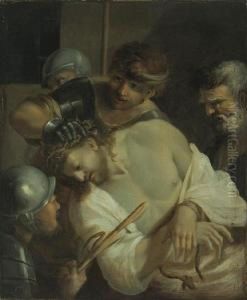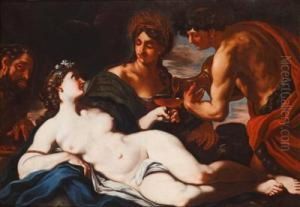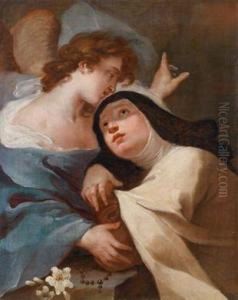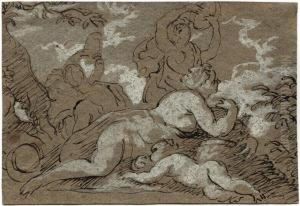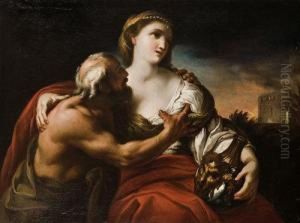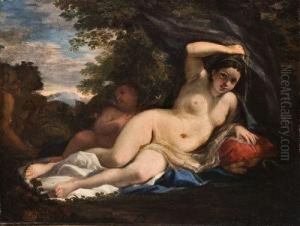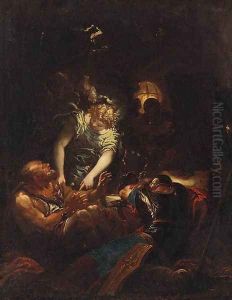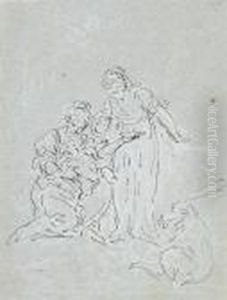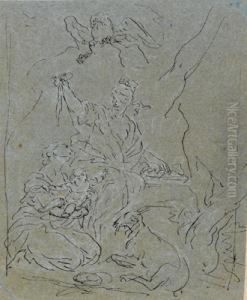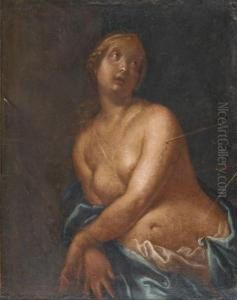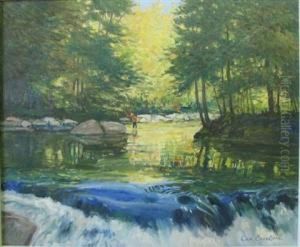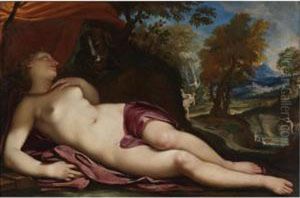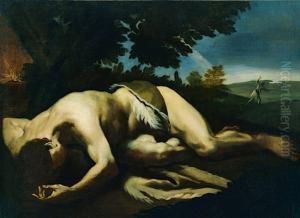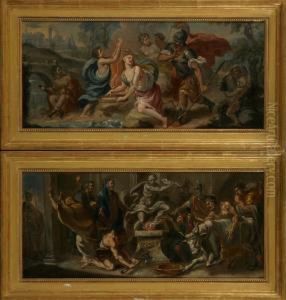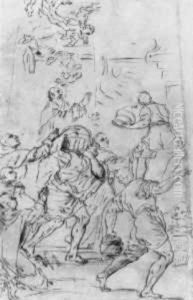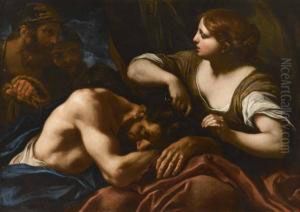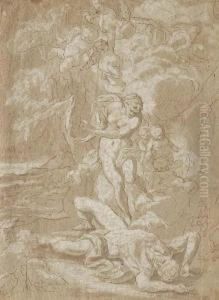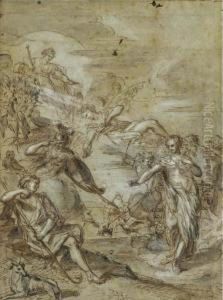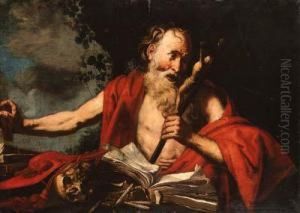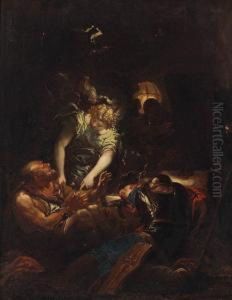Daniel Seiter Paintings
Daniel Seiter was a Baroque painter born in Vienna, Austria, in 1642. He is known primarily for his work in Rome and later in Turin where he was active for a significant part of his career. Seiter initially received his artistic training in Vienna before moving to Rome, which was a major center for artistic production and innovation during the 17th century.
In Rome, Seiter became influenced by the works of the classical Baroque artists, such as Pietro da Cortona and his circle. He was particularly noted for his skill in fresco painting, a popular medium for large-scale narrative artworks on walls and ceilings during the Baroque era. Seiter’s style was characterized by dynamic compositions, a vibrant palette, and a dramatic use of light and shadow, typical of the Baroque period.
Seiter’s work gained him considerable attention and recognition. In 1677, he was admitted to the Accademia di San Luca, the prestigious academy of artists in Rome. His reputation continued to grow, and he was eventually invited to Turin by the Duke of Savoy, where he became a court painter. In Turin, Seiter contributed to the embellishment of the Palazzo Reale and other ducal residences, leaving a significant mark on the artistic landscape of the city.
Seiter was also involved in the decoration of several churches in Rome and Turin, where he painted altarpieces and other religious-themed works. His contributions to religious and secular art of the period were significant, and his paintings reflected both the grandeur of the Baroque style and the narrative clarity sought in religious artworks.
Daniel Seiter passed away in Turin in 1705. His works remain a testament to the Baroque style's appeal and its spread across Europe, as he was one of the many artists of the time who helped disseminate the dramatic and emotive style of painting that defined the era.
